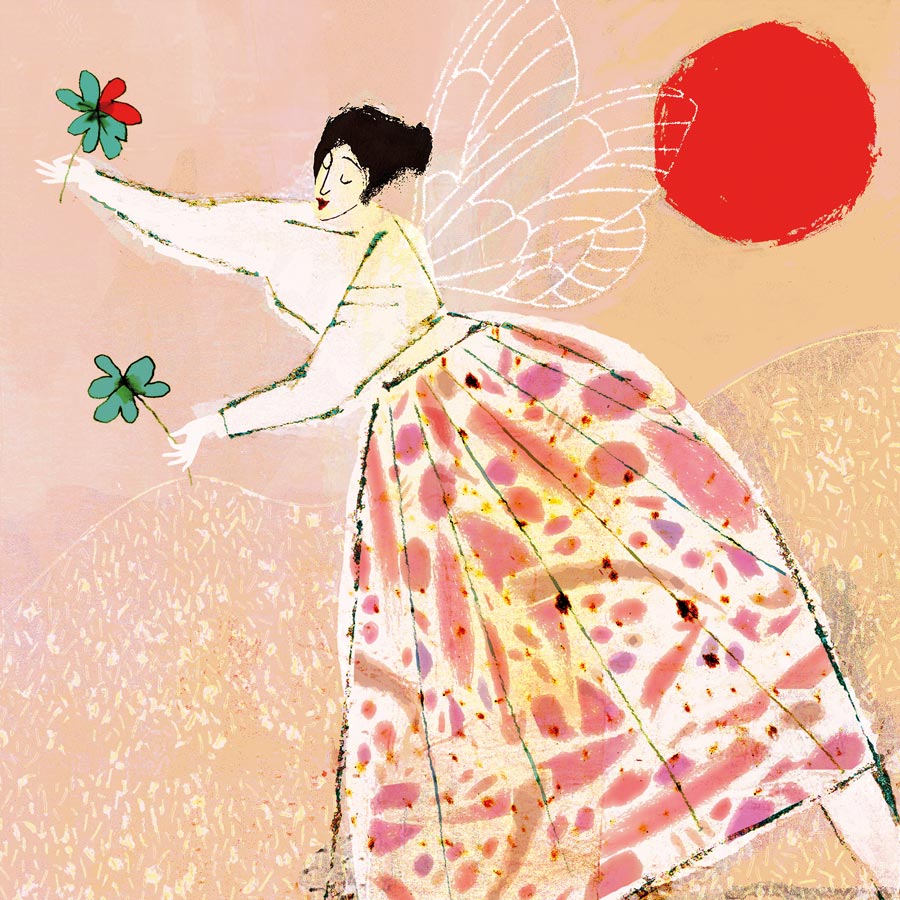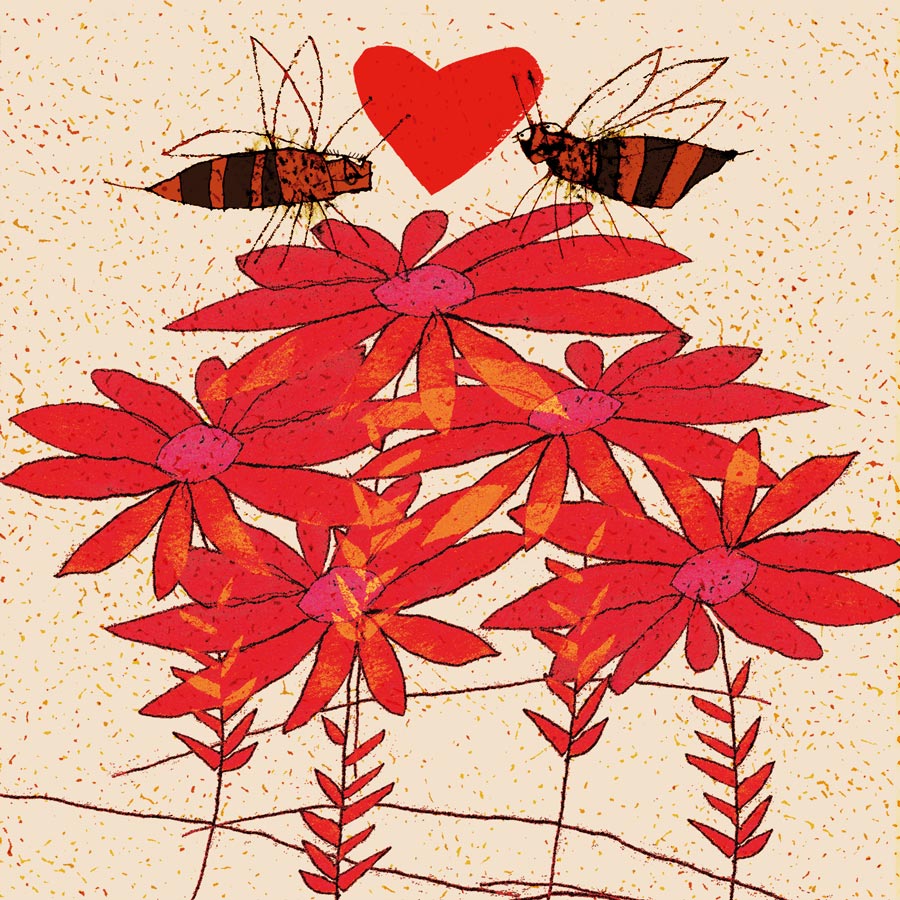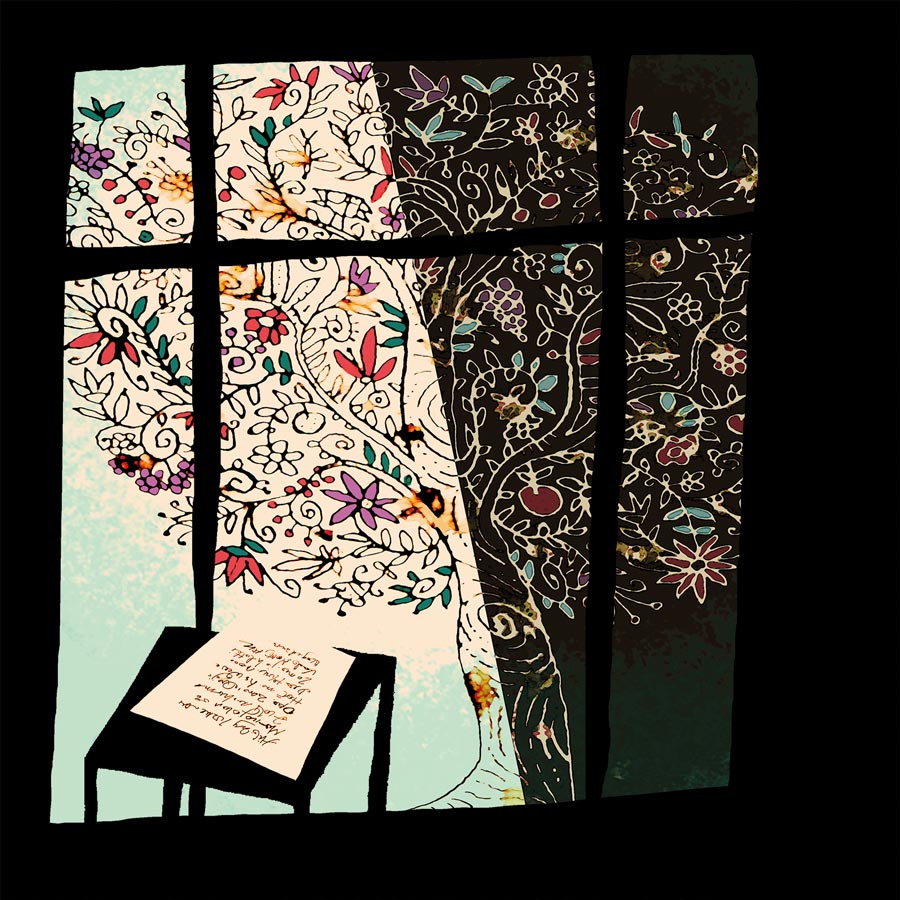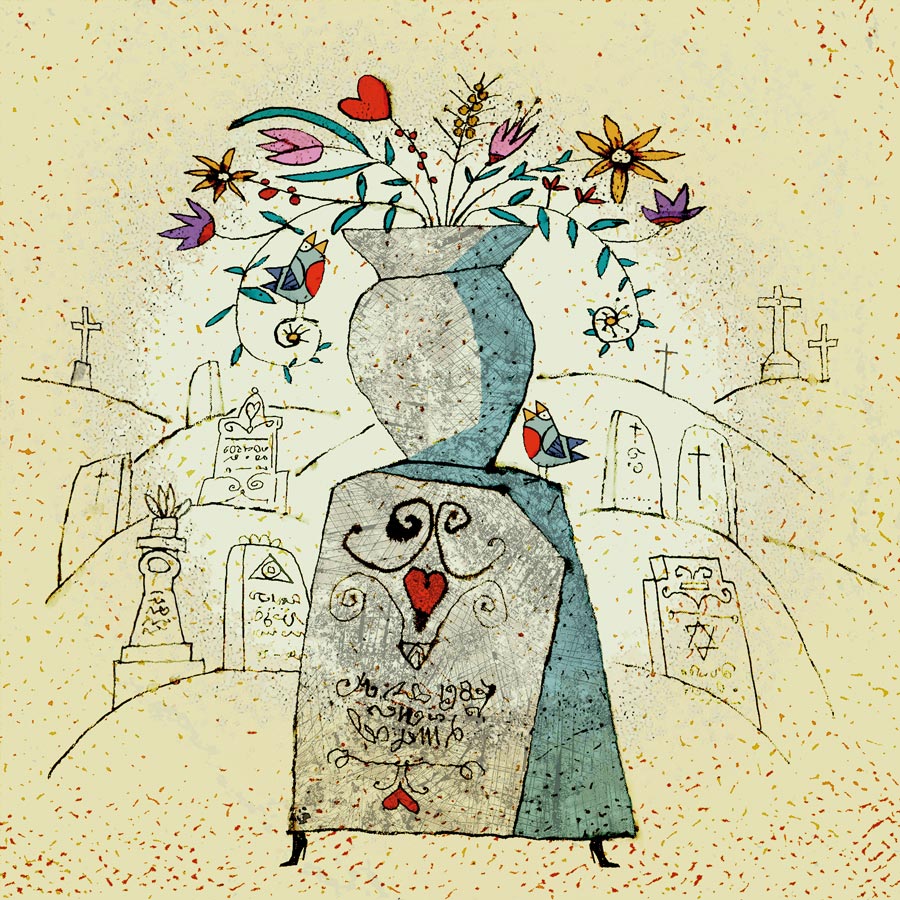That I Did Always Love
Anne Vanschothorst composer, harp in a soundscape
Annie Einan voice
Composer and Harpist Anne Vanschothorst’s music has been described as innovative, minimal, lyrical, cinematic, and touching yet intense. The same rings true in THAT I DID ALWAYS LOVE, the artist’s musical ode to the great American poet Emily Dickinson. Featuring seven of the poet’s works set to music, Vanschothorst fosters an intimate listening space where two art forms reach a soothing synthesis, amplifying the elegance of Dickinson’s texts with the graceful nature of the harp, a perfect pairing.
Listen
Stream/Buy
Choose your platform
"Vanschothorst has distilled the essence of Emily Dickinson's sensibility into the mesmerizing That I Did Always Love"
Track Listing & Credits
| # | Title | Composer | Performer | |
|---|---|---|---|---|
| 01 | A harp note to Emily Dickinson | Anne Vanschothorst | Anne Vanschothorst, harp in a soundscape | 10:05 |
| 02 | Nobody knows this little Rose | Anne Vanschothorst | Anne Vanschothorst, harp in a soundscape; Annie Einan, voice | 3:10 |
| 03 | The Soul selects her own Society | Anne Vanschothorst | Anne Vanschothorst, harp in a soundscape; Annie Einan, voice | 4:44 |
| 04 | Where have all the birds gone? | Anne Vanschothorst | Anne Vanschothorst, harp in a soundscape | 4:45 |
| 05 | There’s a certain Slant of Light | Anne Vanschothorst, Bert Barten | Anne Vanschothorst, harp in a soundscape; Annie Einan, voice | 4:39 |
| 06 | The murmur of a Bee | Anne Vanschothorst | Anne Vanschothorst, harp in a soundscape; Annie Einan, voice | 3:22 |
| 07 | Higher she flies without feet! | Anne Vanschothorst | Anne Vanschothorst, harp in a soundscape | 3:56 |
| 08 | I hav’nt told my garden yet | Anne Vanschothorst | Anne Vanschothorst, harp in a soundscape; Annie Einan, voice | 3:50 |
| 09 | That I did always love | Anne Vanschothorst | Anne Vanschothorst, harp in a soundscape; Annie Einan, voice | 4:11 |
| 10 | Trees of mercy | Anne Vanschothorst, Bert Barten | Anne Vanschothorst, harp in a soundscape | 4:33 |
| 11 | If I shouldn’t be alive | Anne Vanschothorst | Anne Vanschothorst, harp in a soundscape; Annie Einan, voice | 3:09 |
Anne Vanschothorst | annevanschothorst.com
Annie Einan | annieeinan.com
Poetry by Emily Dickinson | emilydickinsonmuseum.org
Dutch translation of poetry by Peter Verstegen | vanoorschot.nl/schrijvers/emily-dickinson
Illustrations Sylvia Weve | sylviaweve.com
Photography Pjotr Van Schothorst
Track 4 & 7
Session Producer & Mixing Maarten Vos | maartenvos.com
Track 5 & 10
Composer Bert Barten | talkingtrees.com
Mixing Dennis Keil | denniskeil.com
Mastering Zino Mikorey | zinomikorey.com
Executive Producer Bob Lord
A&R Director Brandon MacNeil
A&R Danielle Sullivan
VP of Production Jan Košulič
Audio Director Lucas Paquette
VP, Design & Marketing Brett Picknell
Art Director Ryan Harrison
Design Edward A. Fleming, Morgan Hauber
Publicity Aidan Curran
Digital Marketing Manager Brett Iannucci
Artist Information
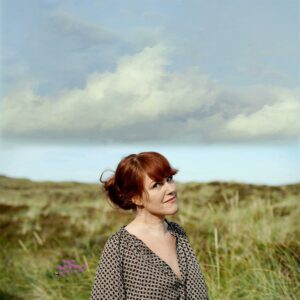
Anne Vanschothorst
Anne Vanschothorst (The Netherlands) is a landscape music composer, minimal harp pioneer, and multimedia artist exploring creativity in applied music, film, and spoken word — using overdub and making sound sculptures with 47 strings. She received international critical acclaim as an indie composer and producer who records sound on sound stilled mystical landscape music for in-a-room, film, multimedia, and spoken word. This new poetic and inventive, edgy sonic universe next to the existing harp planet and music world, indicates that Vanschothorst walks off the beaten track. The written note-scores are frequently performed by international musicians and added to their repertoire. The “You Play I listen!” platform is an ongoing creativity project that was initiated to share Harp and Soul Music performed by others via videos and sound-clouds.
Notes
Music = Poetry and Poetry is Music, a language that evokes the landscape of the universal and imaginary, therefore music unites; we all are music as it were. Music and Poetry are existential. A concept of life. Utmost profound and everywhere. Music is everything and everything is music. Imaginative and effective chosen words that express introspection or come from intuition define poetry. To be touched by the unsaid and infinity of for example a majestic whispering oak tree, the murmur of a bee, the attar of a rose, a reticent volcano, fabulous bird talk, and the silence of an amazing landscape, it all makes absolutely sense — how wonderful! My passion, desire, restlessness, insecurity, despair (life is really felt in absence), are filtered in the serenity of my harp talk. Heart/soul, time, space, and silence are essential (without silence there is no music!), so one can escape into the music, another reality, an alternative beautiful (dream) world, and might have fun whilst unraveling the mystery of life or finding fudge.
Expression
Emily Dickinson is remarkable! The life of Emily Dickinson makes me reflect on women’s rights and freedom from then and now — the freedom of speech and creative expression in particular. Dickinson’s poems were not allowed to be published. Her exceptional gifts, her flowers to the world were withheld and denied. Despite that, she felt such a strong force and desire to express herself, through a very vital and progressive language about the wonders of nature, the identity of the self, death and immortality, and love. Her extraordinary poetry is of such great value and inspiration for many.
From her rich repertoire, I have picked the poems that immediately touched my soul by the poet’s choice of words that also resonated with me on a sound-level in order to place my harp in a soundscape. A (hq) headset is my favorite way of listening — in silence, in my own time and space, to a spoken word poetry project. The sound experience is very personal and effective. The listener’s heart and soul resonate immediately, because the auditor is isolated, therefore more focused and in touch with the artist. The combination of earphones and sound art is an immersive way during an aural journey to understand poetry and feel the music.
Where do I stand as an artist?
When there is injustice, one should speak up to give voice and make noise to break the silence, to make change, to transform the world in a just and livable place. This thought invites artists to be politically and socially aware, the responsibility and choice are ours. During today’s contrasting situations I/we (experimenters and explorers) could consider to be adaptive, and develop the courage to share powerful, inspiring messages in an original (visual) language, based on our life experience and inner wisdom. I translate my thoughts and feelings into a meditative and poetical note-score with complementary pictures that come from my strong desire to make connections, to make myself seen, heard, and named. When we appreciate our journey and navigate through our (inner) landscapes with curiosity and playfulness, we can indeed take better care of each other and our amazing planet — our fragile future! It takes emotional alignment to find the accurate and solving words that resonate and inspire to envision a better world, related to the grand topics like war and climate change and the disconnect within and between humans, and (re)connection between man and nature, at the right place at the right time. To reflect where I stand in society, I engage with those who act in the arts as a “journalist,” a “truth seeker,” or an “activist poet.” Then I escape into my harp and soul to have impact, and share music and love, beauty, and consolation with the world.
To make a prairie it takes a clover and one bee,
One clover, and a bee.
And revery.
The revery alone will do,
If bees are few.
With the singing birds and bumbling bees in my garden, a talking oak, streaming lava and singing ice I intend to give a voice to our rumbling Earth in my ode to Emily Dickinson. As the poet I dream to shape reality. Sometimes subtle harp and abstract music will do but for this album I wanted to make a stand by using sonic symbolism through harp fx and (natural) soundscapes. Combining the poem “The Soul selects her own Society” with the women of Iran chanting: “Women, Life, Freedom” the loaded words become even more powerful. And yet: “Tell all the Truth but tell it slant –”
– Anne Vanschothorst
Texts
Videos
An ode to Emily Dickinson by Harpist and Composer Anne Vanschothorst

